Puerto Rico Itinerary 5 Days vs 7 Days
Quick Answer
- 5 days works best for San Juan plus El Yunque plus one biobay plus one big beach day
- 7 days lets you add Vieques or Culebra without rushing
Ferries to Vieques and Culebra generally depart from Ceiba.
Two smart choices before you book
Base plan easiest
Stay in or near San Juan most nights and take day trips.
Split plan more scenery
San Juan 3 to 4 nights plus West or Southwest 2 to 3 nights.
5 Day Puerto Rico Itinerary Best for first timers
Day 1 Old San Juan history food views
- Walk Old San Juan
- Visit the San Juan National Historic Site areas
- Sunset views and dinner
Day 2 El Yunque Rainforest plus Luquillo
El Yunque is the only tropical rainforest in the US National Forest System.
Go in the morning, then beach time in Luquillo.
Day 3 Fajardo plus biobay at night
Do a biobay experience at Laguna Grande in Fajardo. Puerto Rico guidance notes biobays look best on darker nights.
Day 4 Beach day choose your style
Option A relax beach day plus snorkeling
Option B bigger day trip
If you want a major island beach day, this is where a Culebra day trip can fit. The ferry from Ceiba to Culebra is listed around 55 minutes.
Day 5 Cabo Rojo cliffs plus La Playuela
Visit the Cabo Rojo area and La Playuela near Los Morrillos Lighthouse. Parking can be limited, so go early.
7 Day Puerto Rico Itinerary Adds true island hopping
Days 1 to 3 Same as the 5 day plan
Old San Juan plus El Yunque plus Fajardo biobay.
Day 4 Travel to Vieques or Culebra
Pick one island.
- Vieques is best if your priority is Mosquito Bay bioluminescence.
- Culebra is best if your priority is Flamenco Beach convenience and snorkeling.
Ferry times from Ceiba:
- Culebra about 55 minutes
- Vieques about 35 to 45 minutes
Day 5 Full island day
Beaches plus exploring and an optional tour.
Day 6 Return and rest
Return to the main island and take a slower day.
Day 7 Choose your final day vibe
Old San Juan cafes shopping a relaxed beach day or a simple tour.
Quick Spanish Summary Resumen en Español
Con 5 días, puedes hacer San Juan, El Yunque, un bio bay en Fajardo y un gran día de playa.
Con 7 días, puedes añadir Vieques o Culebra sin prisa, mejor elegir solo una.
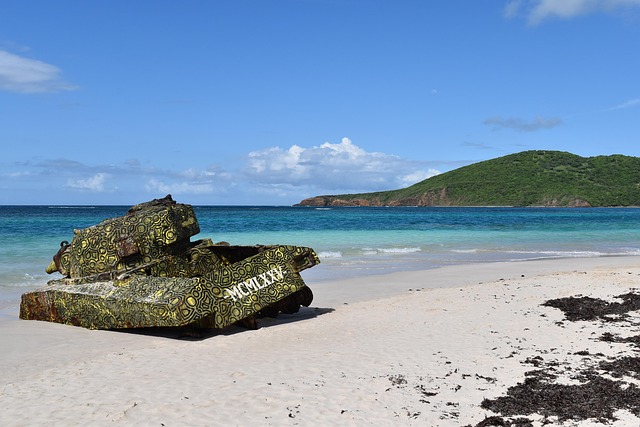
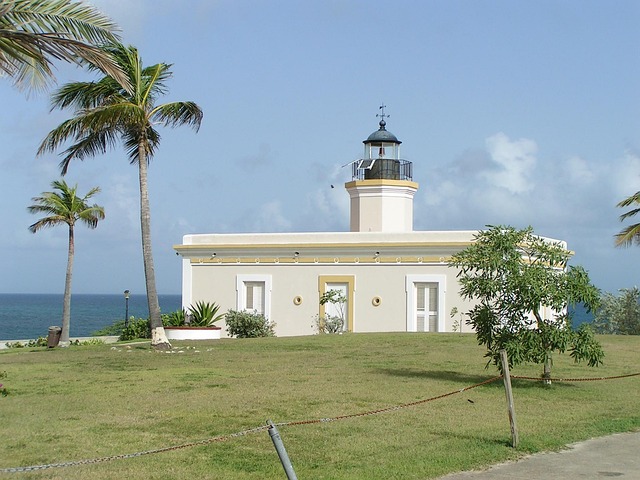
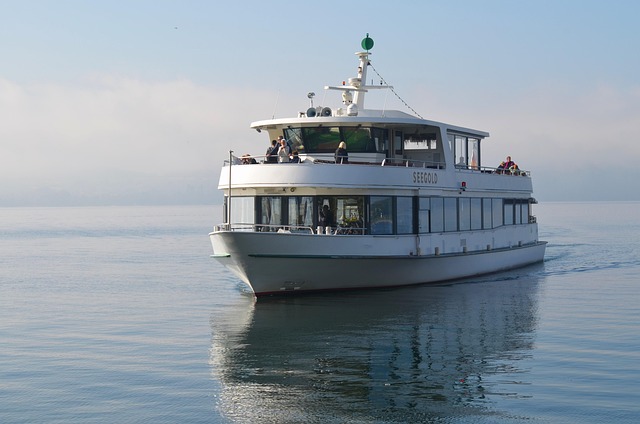
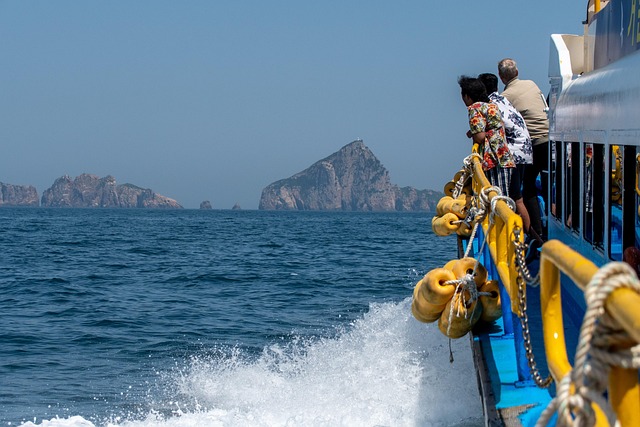
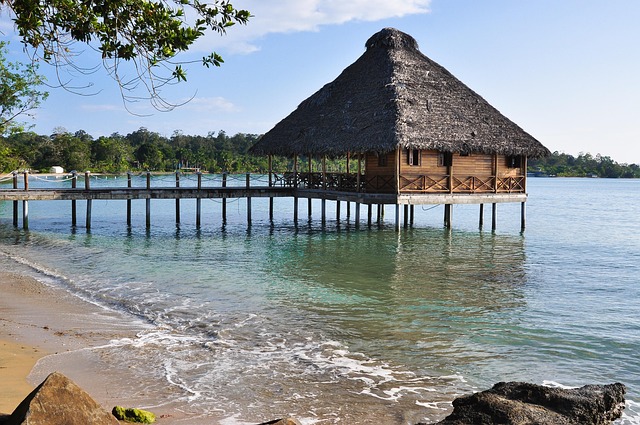
Leave a Reply